TABLE TALK
STORIES BY ANDREA HILDERMAN
INVASION OF THE MARS ROBOTS
No longer the stuff of science fiction, the invasion of farms by robots is imminent. Dubbed mobile agricultural robotic swarms—or MARS, for short—they are now primarily geared to seeding maize, but such vehicles are expected to eventually carry out various field tasks.
A global farm-equipment manufacturer based in Duluth, Georgia, AGCO’s Fendt brand created the technology in collaboration with Germany’s Ulm University of Applied Sciences using European Union funding. The first Xaver seeding robots, which resemble a wheeled camping cooler, will be shipped to EU customers this season, primarily in Germany. The company hopes to ramp up production in 2019.
So far, field testing of the technology has been positive. “A three-hectare field was seeded in 2017, and harvest was successful,” said Sepp Nuscheler, senior communications manager with AGCO in Germany. “Xaver worked very well, considering all the GPS and other technology required.”
Each system consists of six to 12 of the robotic units, and their transport trailer acts as a seed-refill station and recharger for their battery-operated electronic motors. While the farmer controls the robots using a cloud-based app, the robots record GPS and other data for each seed planted.
Tough and lightweight, the units can reduce manhours and are able to operate 24 hours a day, as weather conditions permit. They are also expected to reduce the amount of seed used and minimize soil compaction.
ALBERTA HOPS UP
The flowers of the perennial, vine-like hop plant, hops not only impart flavour and aroma to beer but also have stabilizing and preservative qualities. While the province’s red-hot craft brewing industry has plenty of local access to the world’s best malting barley, hops are another story. However, this may change following the formation of the 18-member Alberta Hop Producers’ Association in 2017.
Heading into their second year of production, the operators of Pair O’ Dice Hops in Vauxhall are among the association’s founding members. “It has taken a lot of work, capital and an immense amount of learning,” said Randy Adams, of establishing their crop. He owns and operates the farming business with his brother-in-law Spencer Peterson and their wives. After an inspirational visit to a friend’s hop yard in the Okanagan, they planted just over an acre of hop trellises, harvesting the crop by hand with help from friends and family. Their goal is to plant 10 full acres and purchase the equipment required to produce the crop in volume, such as a harvester, pellet mill, drying kiln and packaging machine.
The hard work of constant pruning and training the plants to grow on the trellises has paid off in purchases by brewers such as Strathmore’s Origin Malting & Brewing (see page 34). Growing multiple varieties and experimenting with further types, the hops entrepreneurs hope to further expand the flavour possibilities available to their clients.
BEETING WINTER
Over the winter of 2017/18, City of Calgary central district manager for roads maintenance Jim Fraser oversaw the performance testing of beet juice brine as a replacement for the salt solution widely used as a de-icer. “Not only are we testing the beet brine, but we are evaluating the equipment required to use it efficiently,” he explained. “Results of preliminary testing are leading to confidence in the product, and the City plans to expand the scope of the trials as we’ve purchased, adapted or modified some additional pieces of equipment to work with the beet brine.”
Supplied by LuGr Enterprises of Red Deer, Beet 55 is produced in Idaho where it is derived from sugar beet molasses in a salt brine, which is a waste product of the sugar-making process.
Fraser noted that B.C. now uses about four million litres of beet brine on the Coquihalla highway annually. The naturally sticky stuff has both antifreeze and de-icing properties, and works to break down the bond between the road surface and snow and ice, preventing ice buildup. And while it may not entirely replace traditional salt and sanding products, this veggie juice reduces the need for their use by boosting their effectiveness. Fraser said it has the potential to reduce salt application rates, as well as keep roads and pathways ice-free longer, and can even be used to pre-treat these asphalt surfaces.
HOG-TYING A PIG PROBLEM
Along with the elk, emu and ostrich, the European wild boar was introduced to Canadian farms in the late-’80s and 1990s as part of a push to diversify the agricultural economy. While the boar population grew, a commensurate marketplace didn’t.
Further problems arose as the aggressive, fence-jumping animals escaped and proved difficult to capture or control as they established wild populations across the Prairies. As boar were crossed with domestic pigs to create bigger, meatier and more docile animals, they also gained reproductive capacity and further individuals escaped to join their wild cousins.
Wild boar generally produce one litter of three to four young annually, while hybridized hogs breed continuously and can have 12 to 18 young per year that become sexually mature within months.
Ryan Brook is a University of Saskatchewan College of Agriculture and Bioresources associate professor with the Indigenous Land Management Institute. He oversees a research project that involves outfitting wild pigs in Saskatchewan and Manitoba with GPS collars to study their behaviour, movement and interaction with livestock, as well as map their range in Canada. Funded by the United States Department of Agriculture and the University of Saskatchewan, the project’s goal is supporting wild boar control efforts.
Brook explained that wild boar feed on almost anything and can inflict great damage to farms. “They are a rooting species and will rip up the crops to eat the roots, tear up the ground, and rip into grain bags with ease.” Additionally, their urine is very pungent and will put livestock off eating feed they’ve contaminated.
The key to controlling them is the removal of entire herds, known as sounders, said Brooks. Sport hunting doesn’t work, as the intelligent animals quickly learn to avoid hunters. While radio-collar-equipped boar are used to locate and shoot thousands at once in the United States, the public may not be supportive of the method in Canada, he noted.
However, Brook urges immediate and ongoing control as the animals continue to spread. “Wild boar are somewhat analogous to rats. Where you see one, there will be many more you can’t lay eyes on.”




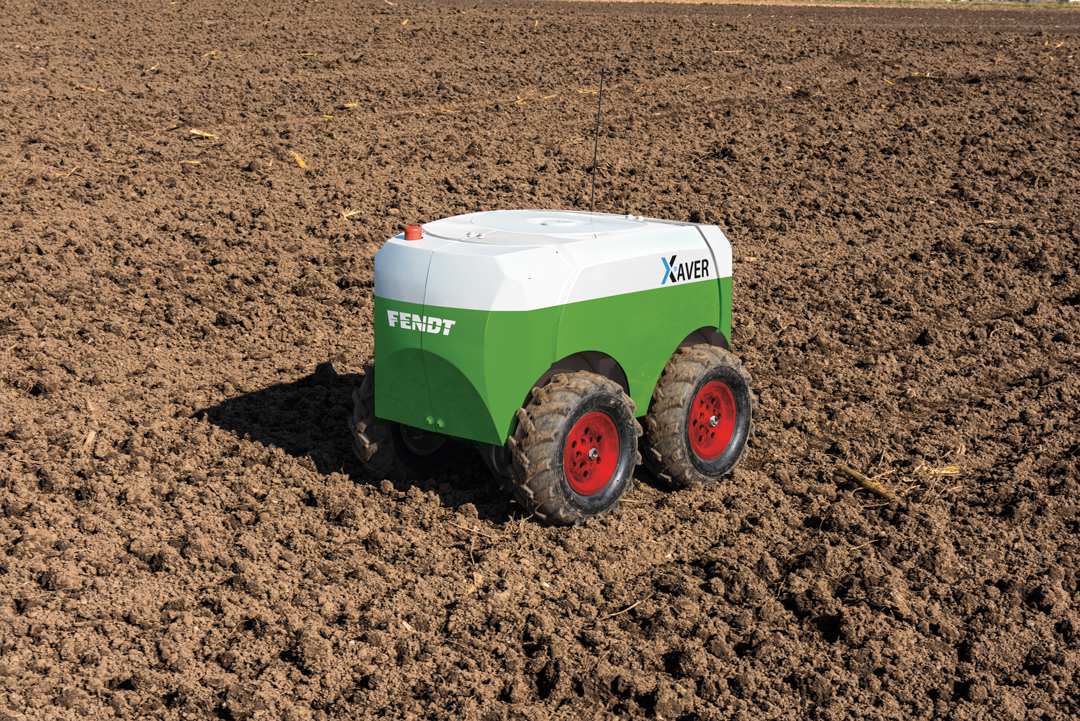
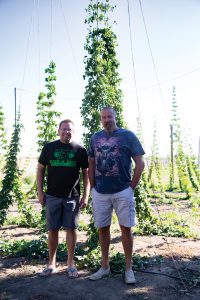
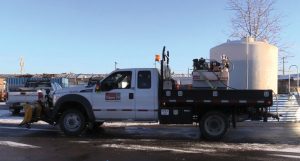
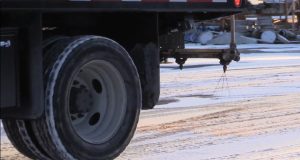
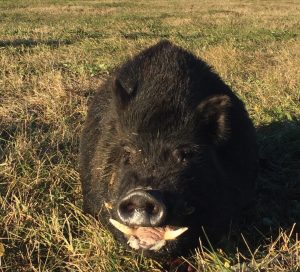


Comments